How to Make your Resume Applicant Tracking System Friendly
So, what is an ATS? According to LinkedIn, “ATS is a hiring software tool that helps employers collect, filter, and assess candidate data. ATS software automates the more menial, error-prone aspects of recruiting — like resume scanning and candidate screening — so employers can make better, faster hires.”
Because employers receive multiple resumes in response to job openings, they often use ATS software to assess resumes. In fact, LinkedIn reports that almost 99% of Fortune 500 companies use computerized ATS in hiring.
If a potential employer may be using an ATS, below are some tips you can use to customize your resume and increase your chances of receiving a request for an interview.
Make Your Resume ATS Friendly
- Format Matters
When writing your resume, do not use pictures, tables, columns, text boxes or any other type of graphic element. This will confuse the software and put your resume at the bottom of the pile. When labeling sections on your resume, do not use headers; bold the section name instead. - Choose Font Wisely
Your resume should have an ATS-friendly font such as Calibri, Arial, Helvetica, Georgia or Times New Roman. For body text, use a font between 10-12 points. Do not go for bold or fancy fonts; the ATS software won’t recognize them. - Save Your Document in an ATS-Friendly Format
When saving your resume, make sure it is saved as a PDF or DOCX file. Saving as a PDF means no one can edit your resume, accidentally or intentionally. Do not save your file as a GIF, PNG, JPG, or TXT, as the ATS may not be able to read them. If you are unsure what format to use, recheck the application or job listing to see if there are any specific directions. - Use Keywords… but Naturally
While you want to use keywords in your resume, be sure to put them where they make sense. You can list keywords in the descriptions of your previous positions or under your skill sets. - Use a Resume Checker
Once you have formatted your resume, you can check to see how it stands out using a free online resume checker tool. Some examples include Jobscan, LiveCareer and Resume Worded. Be sure to check online reviews before using any tools to see how widely accepted they are.




